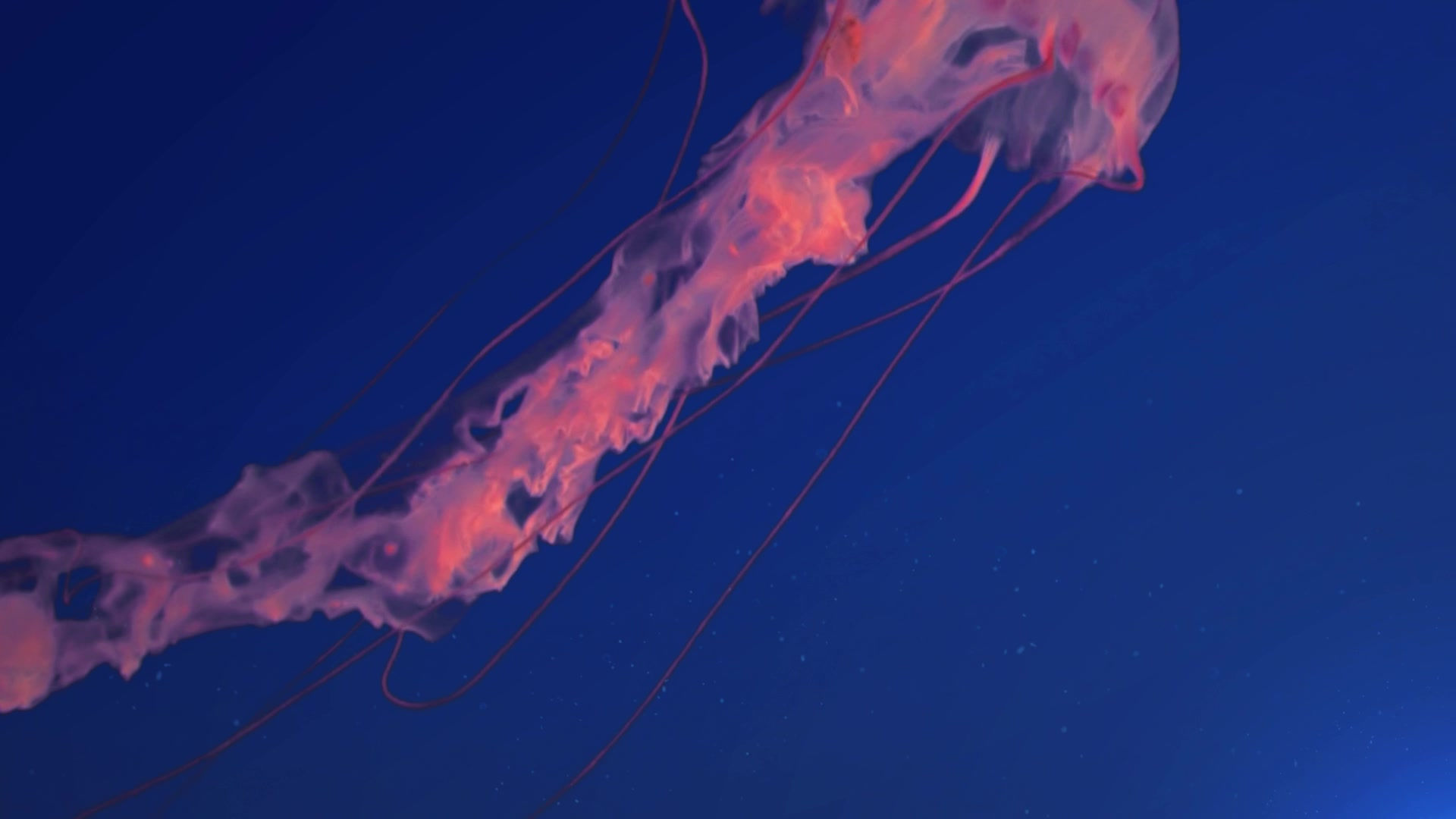
CHORIC
Invention
Using Ulmer's process of conduction, Brooke's proairesis, Deleuze and Guattari's dualisms for spatiality and temporality, as well as reconfiguring invention in a paricipatory culture, Sarah Arroyo builds on the concept of choragraphy or choric invention. The concept is best explained in her video, The Dancing Floor, which is included on the right.
Building on traditional notions of invention such as stasis theory, choragraphy moves away from the categories, boxes, and topoi of classical rhetoric and reappropriates them for something more heuretic. Rather than reflecting on a topic or object, choric invention allows you to reflect in it.
With Barthes' concept of the punctum of recognition, choric invention uses that wound and struggles through that space where learning takes place. These ideas are especially relevant with online environments since "video and participatory cultures provide new ways of eliciting participation, encouraging remix, and writing the punctum: welcoming the disruptions instead of systematically excluding them" (60).
Chora is not learning by doing, chora is learning as doing.

Chora is an indeterminable space between being and becoming that, being neither intelligible nor sensible, evades conceptualization and myst be 'grasped' by some sort of sensuous or, as Plato describes, 'bastard' reasoning.
Chora is a complex ecology for rhetorical invention
Active Receptacle
Invention
Inventing
Itself
This process does not reflect on but reflects in, thus creating possibilities for that which cannot be expressed in language to move to the forefront
Chora is the cultural space that emerges between metaphysical space and physical space
Holey
Space
Making Meaning through Movement
*This section on choric invention is based on the work of Sarah Arroyo in her book, Participatory Composition
